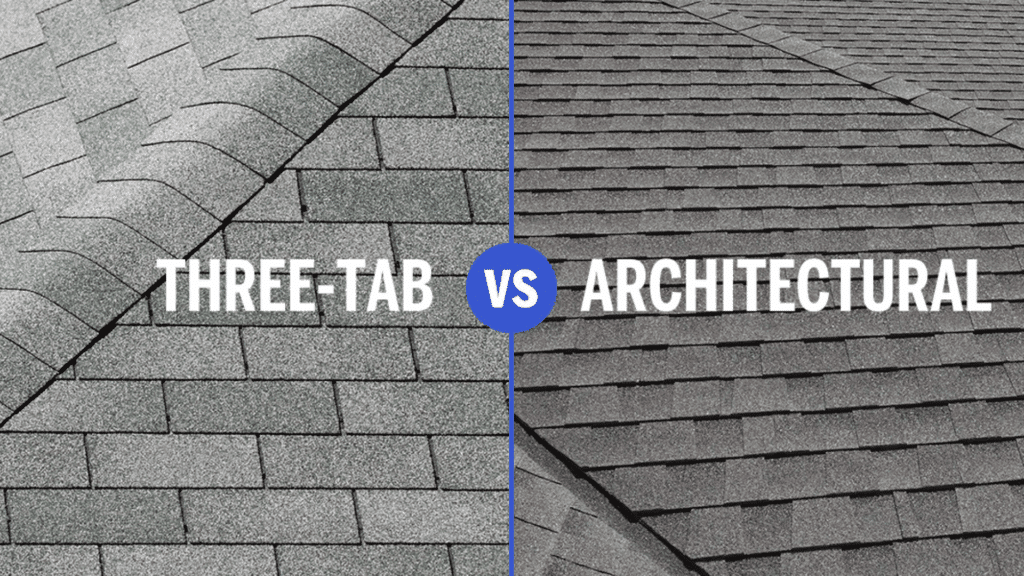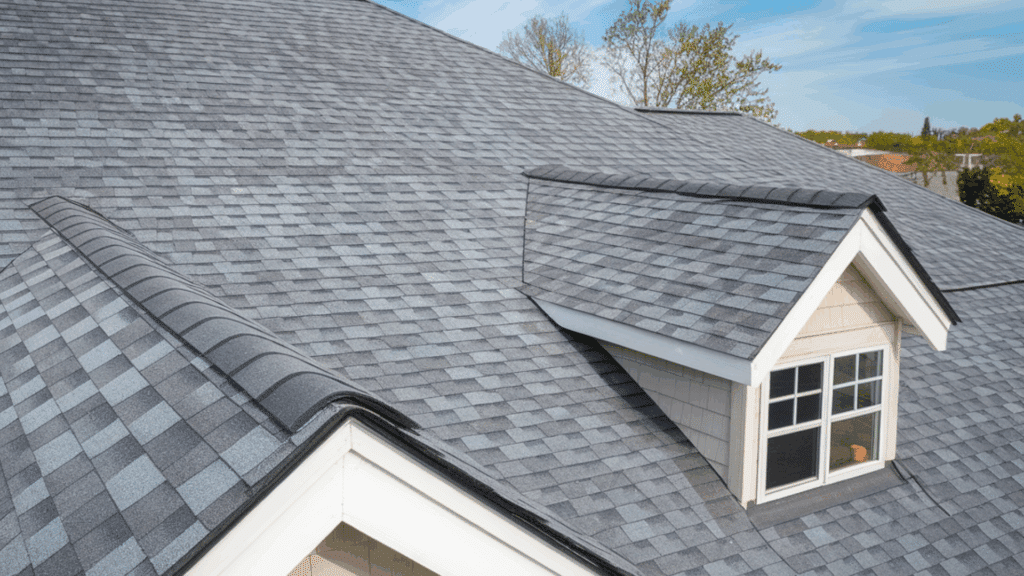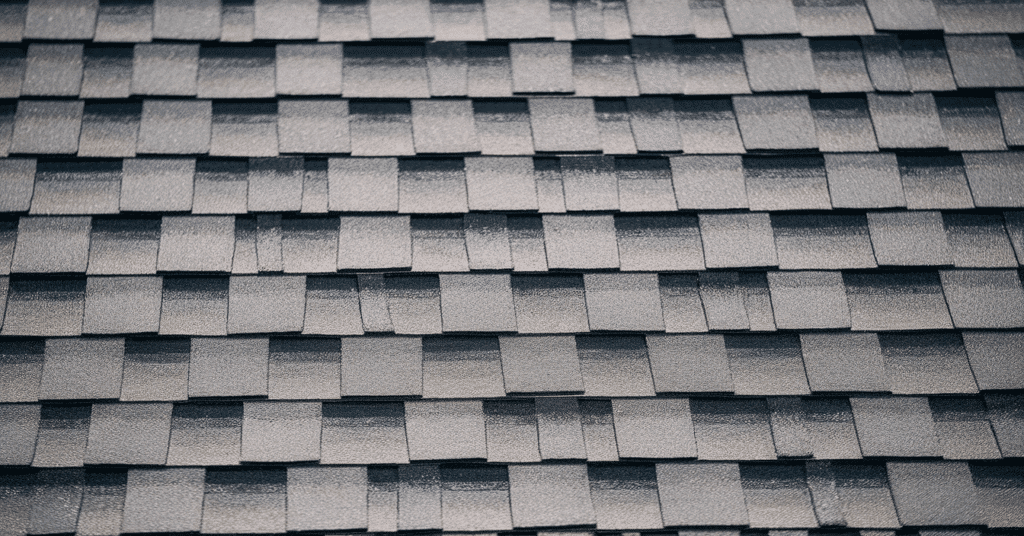A roof does more than cover a home; it protects everything inside. Choosing the right roofing material is an important part of keeping a house safe and looking good.
One option often mentioned by builders and homeowners is architectural shingles. Before learning about their features, it helps to understand what this term really means.
This blog explains architectural shingles in simple terms so anyone can understand their purpose and use.
It will also share why they have become a common choice in home roofing today.
What are Architectural Shingles?
Architectural shingles are a type of asphalt roof shingle made to give a roof a more layered and stylish look.
They are thicker and shaped differently than basic shingles, which helps create a dimensional appearance.
Instead of lying flat like traditional shingles, they have multiple layers that make the roof look textured and strong.
They are sometimes called dimensional shingles or laminate shingles because of their layered design.
Architectural shingles are used on many types of homes, from small suburban houses to large custom builds. They are known for their durability, long lifespan, and ability to handle harsh weather.
How are Architectural Shingles Made?
Architectural shingles are made with a fiberglass base. On top of this base, layers of asphalt are added for waterproofing.
Finally, small colored granules are added to the surface. These granules give the shingles their color and help protect the roof from sunlight.
The layers are then laminated together, which makes the shingles thicker and more durable than standard three-tab shingles. The result is a roofing material that not only looks better but also performs better over time.
Each layer has a purpose:
- Fiberglass mat: Adds strength and flexibility.
- Asphalt coating: Keeps water out and protects against leaks.
- Granules: Provide color, UV protection, and fire resistance.
Because of this multi-layer design, architectural shingles are considered one of the most advanced types of asphalt shingles available today.
The Difference Between Architectural and 3-Tab Shingles

Many people wonder how architectural shingles differ from 3-tab shingles. The difference comes down to design, thickness, and performance. Below is a simple comparison:
| Feature | 3-Tab Shingles | Architectural Shingles |
|---|---|---|
| Layers | Single | Multiple |
| Appearance | Flat | Dimensional |
| Lifespan | 15–20 years | 25–30+ years |
| Cost | Lower | Higher |
| Durability | Basic | Stronger |
| Wind Resistance | Up to 60 mph | Up to 120 mph |
What Makes Architectural Shingles a Smart Choice

Architectural shingles are popular for many reasons. Homeowners like them because they are long-lasting, look attractive, and are easy to maintain. Let’s look at some of the main reasons people choose them.
1. Strong and Durable
Architectural shingles are made with multiple layers, which makes them thicker and stronger than regular shingles.
This design helps them stand up to high winds, heavy rain, and snow. They are less likely to crack, curl, or blow away in storms, which keeps the roof in good shape for years.
Their solid build also helps prevent leaks and water damage, making them a dependable choice for homes in areas with changing or harsh weather.
2. Long Lifespan
A major reason homeowners choose architectural shingles is their long life.
Regular shingles often last about 15 to 20 years, but architectural shingles can last 25 to 30 years or more with proper care.
Some top brands even offer warranties of up to 50 years. Because they are thicker and made with stronger materials, they wear down more slowly over time.
This makes them a smart investment for anyone wanting a roof that lasts for decades.
3. Better Appearance
Architectural shingles add style and depth to any roof. They come in many colors, shapes, and textures, making it easy to match a home’s design.
Their layered look creates a shadow effect that gives the roof a more polished, upscale appearance.
Some types even mimic wood shakes or slate tiles, giving homes a custom, high-end look without the extra cost.
This combination of beauty and function helps make architectural shingles a favorite among homeowners who value curb appeal.
4. Low Maintenance
Architectural shingles need very little upkeep compared to basic roofing materials. Homeowners only need to inspect them a few times a year and keep the gutters clean.
Their thicker build prevents curling, cracking, or bending, even after years of weather exposure.
Many also come with special coatings that stop algae and moss growth, which helps the roof look clean longer.
This easy maintenance saves time and money, making architectural shingles both convenient and reliable for busy households.
5. Higher Home Value
Installing architectural shingles can raise a home’s value and make it more appealing to buyers. Their strength, long life, and attractive look are signs of quality that people notice right away.
A home with a newer, high-quality roof often sells faster and for a better price.
Even if selling isn’t the goal, homeowners benefit from knowing their roof adds long-term value and protection.
In short, architectural shingles are a smart upgrade that improves both the look and value of any home.
Types of Architectural Shingles
Architectural shingles come in different types to fit various styles, budgets, and needs. Each type offers a unique look and level of durability.
| Type | Description | Best For |
|---|---|---|
| Traditional Architectural Shingles | The most common type, made with layered asphalt for strength and texture. They give a dimensional look and come in many colors. | Homeowners who want a stylish, reliable roof at a fair price. |
| Luxury Architectural Shingles | Thicker and heavier shingles that mimic natural materials like slate or wood shakes. Offer high-end looks and strong durability. | Homes with a premium design or those seeking an upscale appearance. |
| Impact-Resistant Shingles | Built with extra layers and reinforced materials to withstand hail and heavy storms. Often come with extended warranties. | Homes in regions with severe weather or frequent hail. |
| Cool Roof Shingles | Designed with reflective granules that reduce heat absorption, keeping homes cooler in warm climates. | Houses in sunny or hot areas where energy savings matter. |
| Algae-Resistant Shingles | Coated to stop algae and moss growth, keeping roofs clean and free of dark streaks. | Homes in humid or coastal regions with moisture buildup. |
Cost of Architectural Shingles
The cost of architectural shingles depends on the brand, quality, and region. On average, they cost more than 3-tab shingles but less than metal or slate roofing.
- 3-Tab Shingles: Around $2.50–$4.00 per square foot (installed)
- Architectural Shingles: Around $4.00–$6.50 per square foot (installed)
- Luxury Shingles: Around $6.50–$9.00 per square foot (installed)
While they cost more upfront, the longer lifespan and reduced maintenance often make them more affordable in the long run.
Maintenance Tips
Keeping architectural shingles in good condition doesn’t take much work, but a few simple steps can help:
- Inspect the roof twice a year, especially after strong storms.
- Keep gutters clean to avoid water buildup.
- Trim tree branches near the roof to prevent debris or damage.
- Remove moss or algae if it starts to grow.
- Repair small cracks or missing shingles quickly.
Proper maintenance helps the roof stay strong and beautiful for many years.
Final Thoughts
Architectural shingles are a smart choice for many homeowners. They offer a great mix of strength, beauty, and value.
While the upfront cost is higher than basic shingles, their long life and low maintenance make them worth the investment.
They can handle tough weather, add curb appeal, and even raise a home’s resale value. With their layered design and variety of styles, architectural shingles give any roof a clean, lasting finish.
For anyone planning a roof upgrade or replacement, they’re a reliable, stylish, and long-term roofing solution.

